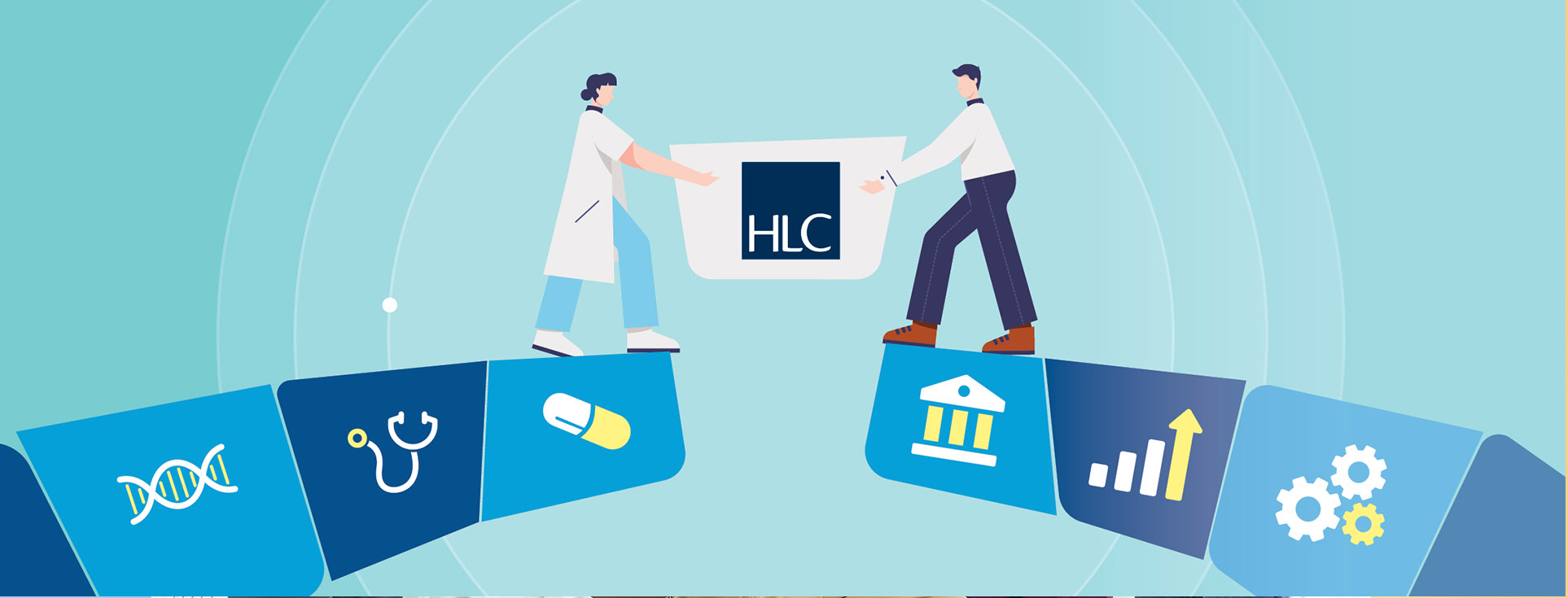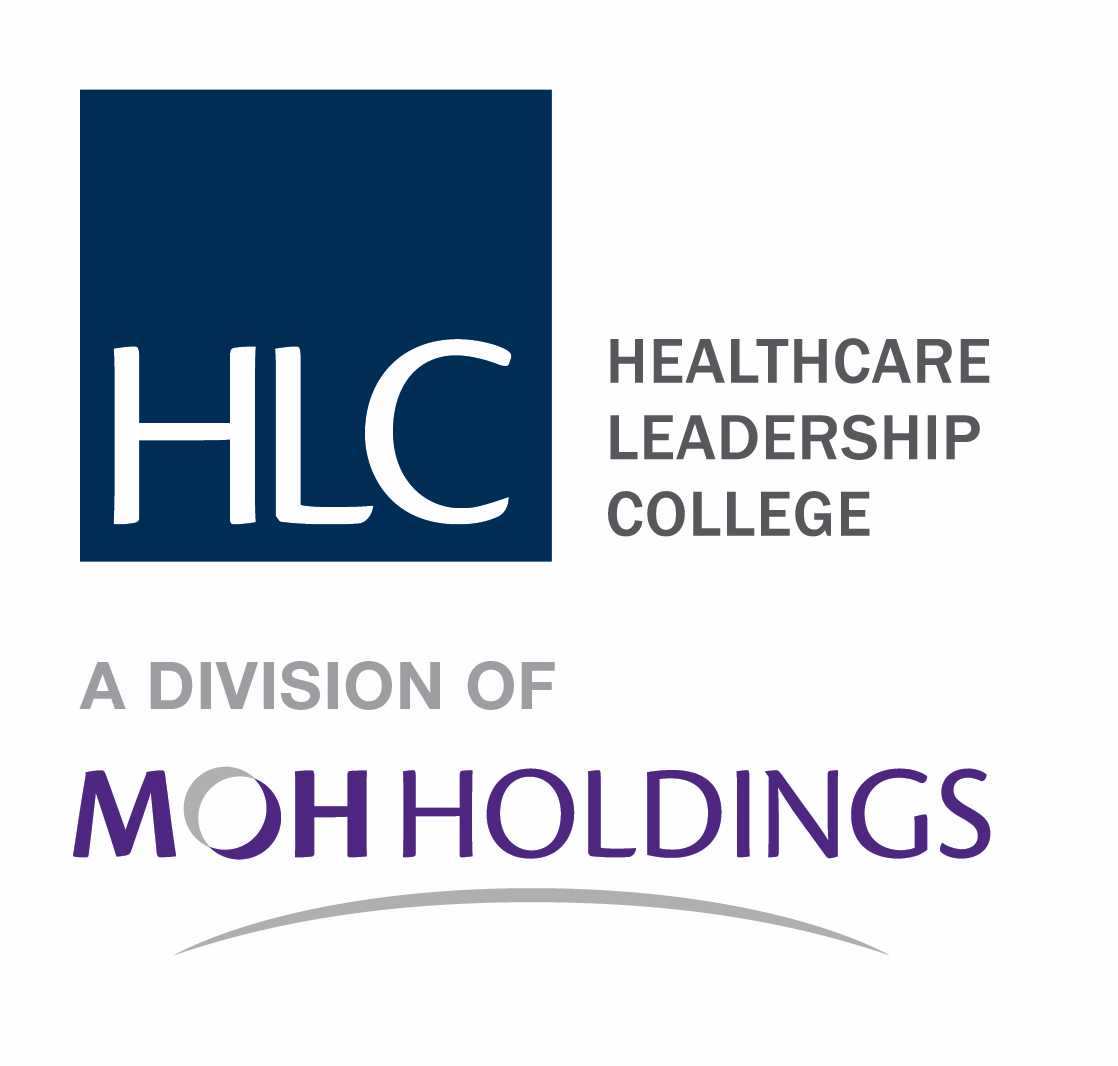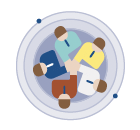Nurturing Leaders for the Future Healthcare
ETHOS Issue 26, Nov 2023


The Healthcare Leadership College Story
Singapore’s healthcare system has undergone rapid and massive change over the past few decades to meet the challenges of an ageing population and increasing complexity in healthcare delivery. In the past 20 years, we have seen major restructuring of the public healthcare clusters and institutions. Two new medical schools have been set up and nursing and allied health education pathways and career options have been greatly expanded. Huge investments have been made in research, new technologies and digital capabilities. Most recently, we have seen the launch of Healthier SG as a major strategic push towards preventive health and upstream intervention.
In 2010, Ms Yong Ying-I, then Permanent Secretary (Health), saw the need for healthcare leaders to “think across” healthcare clusters, systems and professions and also “think ahead” in anticipation of new challenges in healthcare on the national front. With the healthcare clusters reaching out to their respective communities and healthcare services in private and voluntary welfare sectors, it was recognised that at a national level there was also a need to build bridges and develop leadership capabilities on a wider scale, both within professional groups and across clusters. This led to the establishment of the Healthcare Leadership College (HLC) in 2012 to lead efforts in nurturing and developing healthcare leaders for the nation.
HLC’s mission is to support the building of strong leadership capacity and capabilities for our national healthcare system, in line with the Ministry of Health’s vision and strategic priorities. We aspire to be a keystone and trusted partner in developing leaders of and for Singapore healthcare, and in building bridges and growing community across agencies, clusters, institutions and professions in the Singapore healthcare ecosystem.
Our goal is to bring leaders together from across the healthcare sector, to sensitise them to key national issues and strategic priorities, so that they would not focus only on their specialised clinical knowledge or their own institutional agendas. Over the past decade, we have sought to bridge the healthcare clusters which had been developing separately: the different professions—doctors, nurses, allied health professionals, administrators and so on—as well as the different sectors involved in health and social care—including the acute care, primary care, long-term care, and people sectors.
HLC designs and delivers a suite of milestone programmes, continuing development programmes, and other learning and engagement platforms. We also publish a quarterly newsletter, Leading Healthcare,1 which aims to connect with and inspire leaders in healthcare.
Developing new Competencies, Capabilities and Cultures to support Healthier SG and Singapore’s healthcare transformation
Healthier SG, the new national health initiative, builds on earlier shifts to meet Singapore’s healthcare needs in a sustainable manner. A central pillar of the Healthier SG strategy is the role of primary care practitioners, working closely and jointly with the clusters, polyclinics, hospitals, specialists, and allied health professionals, to holistically support the health and care needs of Singaporeans. The call for strong healthcare leadership is all the more important as we recognise the complexities of healthcare and the major structural and mindset changes that are required throughout our healthcare organisations and institutions, healthcare policies and frameworks, and the ways that healthcare professionals work and organise themselves.
ONE Healthcare Leadership Framework
To support Singapore's healthcare transformation, we need a corresponding evolution in healthcare leadership, which we call the ONE Healthcare Leadership Framework. We see this as involving three paradigm shifts:
 |
While clinical excellence remains important, we also need to recognize other forms of leadership vital to the practice of healthcare. |
 |
As healthcare becomes increasingly multidisciplinary in nature, we must begin to regard healthcare leadership as a collaborative process that benefits from different perspectives and forms of expertise. |
 |
We want our leaders, who are accustomed to advancing their own healthcare specialties and institutions, to increasingly think in terms of, and work across, our national health ecosystem as a whole, to benefit all of Singapore. |
At the Healthcare Leadership College (HLC), we see our role as helping to bring about these shifts in healthcare leadership.
We purposefully approach development from a broad-based understanding of leadership— not only in an institution but in the ecosystem as a whole.
For instance, we want to facilitate and create opportunities for some of our healthcare leaders, who are used to working as individual experts relying on their own specialised skills and clinical intuition, to develop closer links with a wider group of partners beyond the acute hospitals, such as providers in primary care, community care, and social care. In fact, the healthcare sector has had connections with the wider community for many years, and many institutions do work in ways that flow into the community. But this relationship has been given much stronger prominence and impetus with the launch of Healthier SG. The pieces are in place to strengthen this partnership. There is greater scope to, for instance, for clusters and institutions to work with the community and other partners upstream, to enhance health promotion and preventive care.
Broadening the idea of leadership in healthcare can be of great benefit. The boards of the public healthcare clusters and agencies include many eminent individuals with expertise and experience beyond healthcare, such as in business and finance. They see things from a different perspective, which can be very useful. Over time, they gain a good appreciation of our challenges, and are able to bring their perspectives to advise and to steer the healthcare clusters and institutions.
Across our HLC programmes, we bring different individuals together to promote interaction and better mutual understanding, which is vital. The programmes are intentionally designed to be interprofessional, to encourage mingling across professional and institutional boundaries. Participants get to meet fellow healthcare leaders from other clusters and professions; most would not have had interactions with other healthcare professionals outside of their immediate area of work and institutions. We even go one step further to invite participants who are not from public healthcare institutions, but who work in areas with a connection to healthcare. For instance, our programmes invite participants from the community care sector, SAF medical corps, CPF Board, Singapore Prisons Service, the Ministry of Finance, and so on. We make it a point to also include general practitioners (GPs) who are involved in national primary care initiatives, including Healthier SG. This mix enriches classroom diversity and learning.
HLC programmes place emphasis on collective leadership: working collaboratively to achieve good outcomes. We purposefully approach development from a broad-based understanding of leadership—of healthcare leadership not only in an institution but in the healthcare ecosystem as a whole.
While collaboration is easy to talk about, it is not so easy to practise. Addressing personal barriers to collaboration is the first and best place we can intervene. We will have to step beyond our comfort zone in making the effort to invest in relationships and form diverse and open networks. It is hard to collaborate with someone you do not trust, you cannot trust someone you do not know, and you cannot know a person without interacting with them. The greater the human connectivity and trusted relationships, the higher the chance for successful collaboration. HLC is a bridge where those first connections are made, but leaders must continue to sustain those ties and continue to build up these relationships over time. These conditions are necessary in fostering a healthy culture of collaboration and collective leadership that spans clusters, institutions, and professions.
There is a leadership fable about a farmer who grew prize-winning corn and how one of his practices was to share his prize-winning seed with his neighbours, as he realised that if his neighbours grew inferior corn, cross-pollination would eventually degrade the quality of his corn.1 Just like the farmer in this fable, in an interconnected and porous system, greater benefits are realised through generous sharing and collaboration. What we do impacts one another: if we want to do well, we must share our expertise and align our efforts.
The greater the human connectivity and trusted relationships, the higher the chance for successful collaboration.
Leadership for innovation in healthcare
Singapore has made major innovations in many areas of social and economic policy and practice over the past decades. In healthcare, the introduction of the MediSave scheme in 1983 was a singularly innovative and visionary move. It allowed the implementation of the key philosophy of emphasis on personal responsibility, for the purpose of carefully husbanding our limited healthcare resources and expenses, by supporting Singaporeans to save up in advance for their future healthcare expenses. The MediSave scheme has itself become a critical enabler allowing for further new innovations. Almost every major patient financing scheme that has been introduced in the intervening 40 years has been built upon MediSave, including MediShield Life, CareShield Life, and Medisave for the Chronic Disease Management Programme.
Today, technological advances, e.g., in drug advancements, surgical techniques, use of robotics etc., are commonly cited as examples of innovation. One recent push has been for artificial intelligence and how it might be applied to medical practice. Beyond technological advances, innovation can also be seen in changes to processes and from different ways of working. For example, the introduction of systems such as the National Electronic Health Record will offer our practitioners, including primary care doctors, a greater wealth of information on patients that they previously could not access. This means that they do not have to spend time finding out these details of a patient’s medical history that are already in the broader healthcare system and can invest their time and energy into providing more targeted care. Another example of this is the way the healthcare system has recently freed up 7,000 inpatient beds a year through the mobile inpatient initiative, where patients receive hospital level care but not in hospitals themselves. This is a form of innovation through re-engineering processes.
On a more radically innovative level that goes beyond continuous improvement to existing processes, Healthier SG—and more crucially, the larger mindset and strategy shift which it sits within, i.e., a pivot away from the traditional acute and specialist-centred healthcare model—may be one of the more transformative innovative answers for healthcare of the future.
But when radical innovations come about, they can meet with resistance. It may disrupt some people’s routines. People can be uncomfortable about a new way of looking at a particular healthcare situation, and there may be detractors or regulatory hurdles to cross.
Some doctors and healthcare professionals are more receptive and open to applying new ways of working and technologies, particularly if these have strong and clear benefits to patients or the healthcare system. We can help shape the future by encouraging and nurturing this new generation of practitioners.
We need to develop communities of leaders like strong forests, providing mutual support and capable of weathering any storms collectively.
Growing leaders for healthcare: the next lap
The current cohort of top healthcare leaders have built up strong trust and understanding with one another; many of them trained in the same medical school and practised in the same institutions. This trust and understanding has served us well through difficult situations such as SARS and the recent COVID-19 pandemic, where our healthcare colleagues had to rally together and work towards larger national objectives.
As our healthcare system evolves and becomes increasingly diverse, our challenge is ensuring that the next generation of leaders, who have trained in separate medical schools and worked within their own clusters and institutions, will be able to share the same level of camaraderie and trust as today’s leaders, and collaborate well.
We need to build up reservoirs of mutual trust, so that it will be there when called upon, not just for times of crisis, but even more so as the healthcare ecosystem becomes more complex and interdependent. Healthcare leaders will need to build strong bonds and networks: firstly across their professional and institutional boundaries, and secondly with partners from the community and different agencies. We need to offer people a common platform so that they have opportunities to get to know one another and develop a better appreciation of each other’s perspectives as well as a common understanding of Singapore’s challenges and priorities.
In the last 10 years, HLC looked at developing leaders like strong trees—deeply rooted and sturdy. Today we need to develop communities of leaders like strong forests, providing mutual support and capable of weathering any storms collectively. The survival and healthy thriving of the forest ecosystem is dependent on not just one tree or one single species of tree, but the symbiotic interdependency and relationships between all the forest flora and fauna. So too, we hope to see a strong, thriving and diverse healthcare ecosystem that continues to sustain the growth of new leaders.
NOTE
- For this fable and other stories that further reflect this important leadership theme, see: https://www.hlc.mohh.com.sg/NewsLetters/leading-healthcare-issue-23.pdf.

